Exporting goods from Iran has always been a vital part of the country’s economy, connecting local industries to markets across the Middle East, Asia, Europe, and Africa. With its strategic location, modern ports, and diverse production capabilities, Iran offers exporters significant opportunities — but also requires careful navigation through export regulations, documentation, and logistics. In this article, we’ll walk you through a comprehensive step-by-step guide to exporting goods from Iran, covering all key stages from market research to customs clearance.
1. Identify Exportable Products and Target Markets
The first step in any export process is determining what products you plan to export and where you intend to sell them. Iran is a major exporter of:
- Petrochemical and chemical products
- Minerals and industrial materials
- Agricultural goods such as saffron, pistachios, and dates
- Carpets, handicrafts, and traditional goods
- Machinery and construction materials
Once you’ve identified your products, conduct market research to find the most profitable destinations. Countries like the UAE, Turkey, China, Iraq, Qatar, and Oman are among Iran’s key trade partners. Analyze demand, import regulations, and competition in each target country before proceeding.
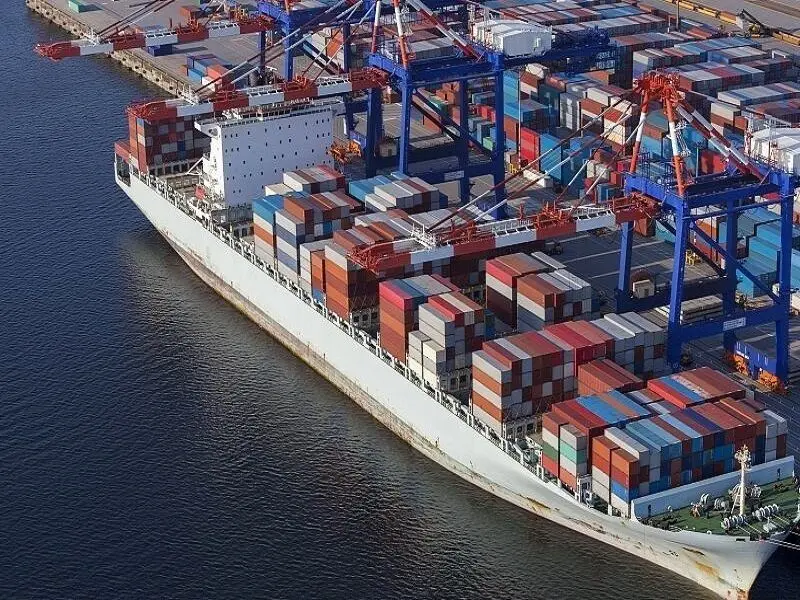
2. Register Your Exporting Business
Before exporting, your company must be officially registered and licensed to trade internationally. Here’s what you need:
- Commercial Registration: Register your business with Iran’s Chamber of Commerce.
- Export License (if required): Some products, such as industrial or strategic goods, may need special export permits.
- Tax Identification Number: Ensure your company has a valid tax ID.
Once registered, you can access Iran’s customs system and apply for export documentation online.
Read more: How to Reduce International Shipping Costs Without Compromising Quality
3. Understand Export Regulations and Restrictions
Iran has specific export rules depending on the type of goods. For instance:
- Free Exports: Most goods can be freely exported without restrictions.
- Conditional Exports: Certain products (e.g., steel, petroleum derivatives) may require approval from the Ministry of Industry, Mine, and Trade.
- Prohibited Exports: Items that affect national security or are under sanctions cannot be exported.
Always check the latest Iranian customs and trade regulations to ensure compliance.
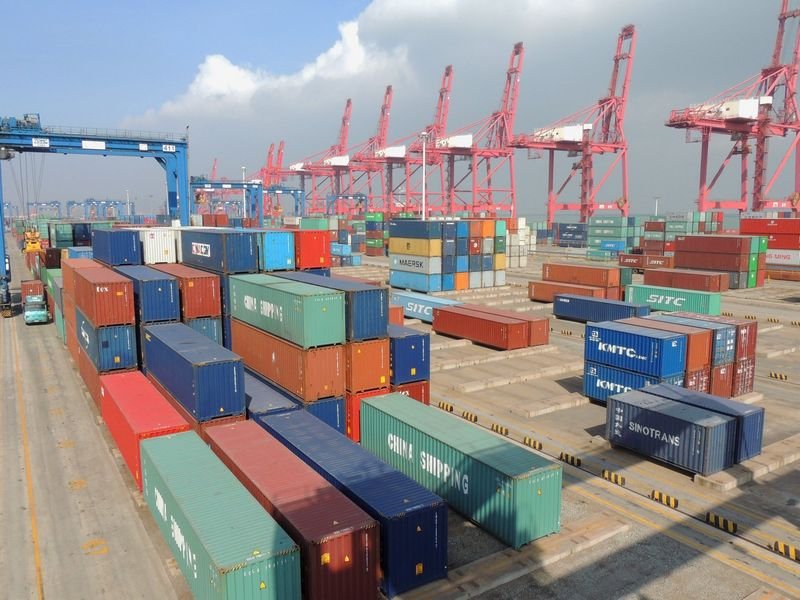
4. Prepare the Required Export Documents
Accurate documentation is essential for smooth customs clearance and international shipment. Common export documents from Iran include:
- Commercial Invoice: Specifies buyer and seller details, product description, value, and payment terms.
- Packing List: Describes packaging details, dimensions, and weight.
- Certificate of Origin: Confirms that the goods were produced or manufactured in Iran.
- Export License: Issued for restricted or regulated goods.
- Bill of Lading or Airway Bill: Proof of shipment issued by the carrier.
- Insurance Certificate: Provides protection against loss or damage during transit.
Professional freight forwarders or customs brokers in Iran can help prepare these documents accurately.
5. Choose the Right Shipping Method
The mode of transport depends on your destination, cargo size, and budget. Common shipping methods from Iran include:
Iran’s major ports — Bandar Abbas, Bushehr, Khorramshahr, and Imam Khomeini Port — offer regular routes to the UAE, Oman, China, and India. Sea freight is the most economical option for bulk shipments.
For fast delivery and high-value goods, air freight via Tehran Imam Khomeini International Airport and Bandar Abbas Airport ensures quick international connections.
Iran’s extensive road network connects to neighboring countries like Turkey, Iraq, and the Caucasus region, ideal for land exports.
- Rail Freight
Rail routes through Turkmenistan, Azerbaijan, and Turkey offer cost-effective transportation for large industrial shipments.
Read more: Cargo Insurance in Iran
6. Arrange Insurance and Payment Methods
Cargo insurance is crucial to protect your goods during transport. Iranian exporters usually purchase marine insurance or comprehensive cargo coverage depending on the shipping mode.
For payments, consider international options such as:
- Letter of Credit (L/C) – Secure and widely used in international trade.
- Advance Payment – Common for smaller or trusted transactions.
- Open Account or Documentary Collection – Suitable for long-term partners.
Customs clearance in Iran is managed by the Iran Customs Administration (IRICA). The process involves submitting export documents, paying duties (if applicable), and undergoing inspection. After customs approval, your goods are ready for shipment.
To simplify this process, many businesses hire licensed customs brokers or freight forwarders who handle the submission, tracking, and coordination with customs authorities.
Ship and Track Your Goods
After clearance, your shipment will be loaded and dispatched through your chosen mode of transport. Most modern Iranian ports and carriers now offer real-time tracking systems, allowing exporters to monitor cargo location and delivery status.
Efficient tracking not only improves transparency but also helps manage client expectations and delivery timelines.
Post-Export Follow-Up
Once your goods reach the destination, confirm with the importer that the shipment was received in good condition. Maintain all export-related documents for future reference, tax reporting, and compliance checks.
Continuous communication with your international partners helps strengthen long-term trade relationships.
Why Work with a Professional Freight Forwarder in Iran
Partnering with a reliable freight forwarding company ensures that your export process is smooth, compliant, and cost-effective. Professional forwarders handle everything from documentation and customs clearance to transport coordination and insurance, allowing you to focus on growing your export business.
FAQs
Iran exports a wide range of products including petrochemicals, minerals, agricultural goods (like pistachios and saffron), carpets, and building materials.
Export timelines depend on the destination and shipping method. Sea freight to GCC countries takes around 3–7 days, while air freight may take 1–2 days.
Essential documents include a commercial invoice, packing list, certificate of origin, bill of lading or airway bill, and export license (if required).
Yes. Many freight forwarders offer flexible solutions like LCL (Less than Container Load) or shared shipments, enabling small and medium-sized exporters to trade globally.

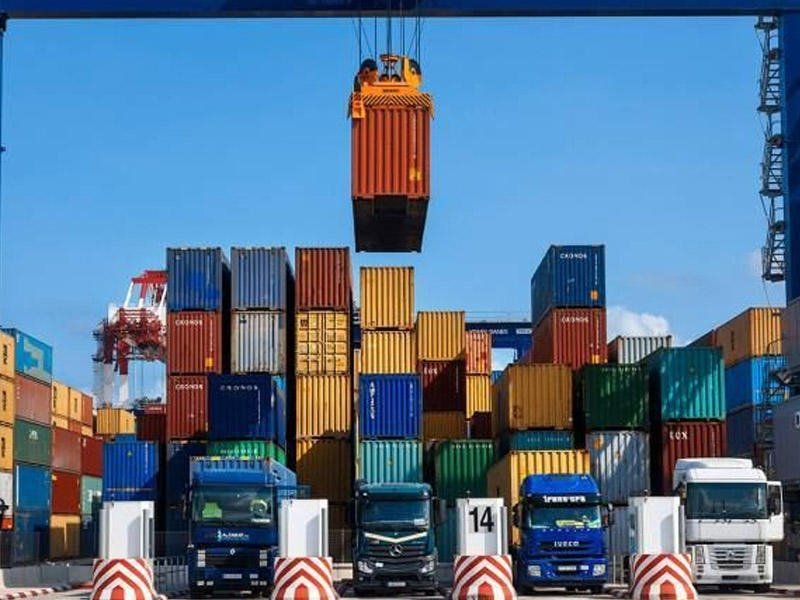

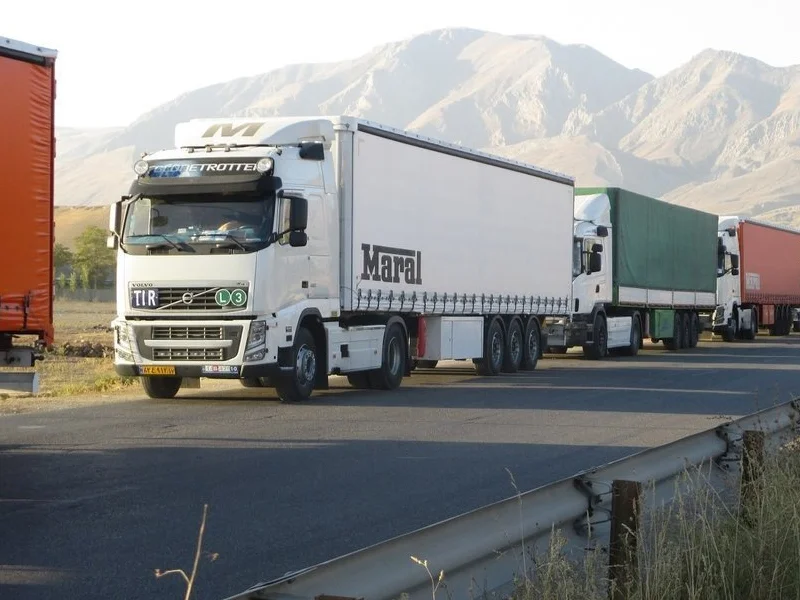
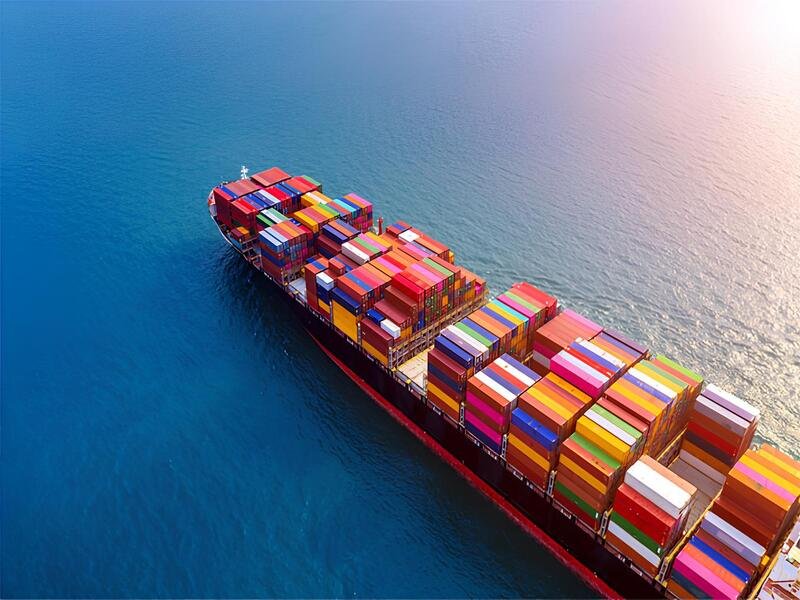
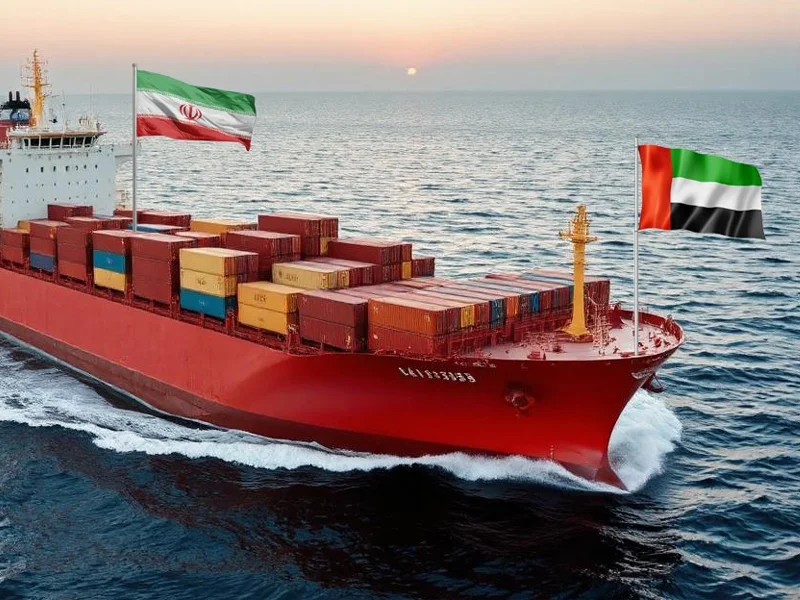
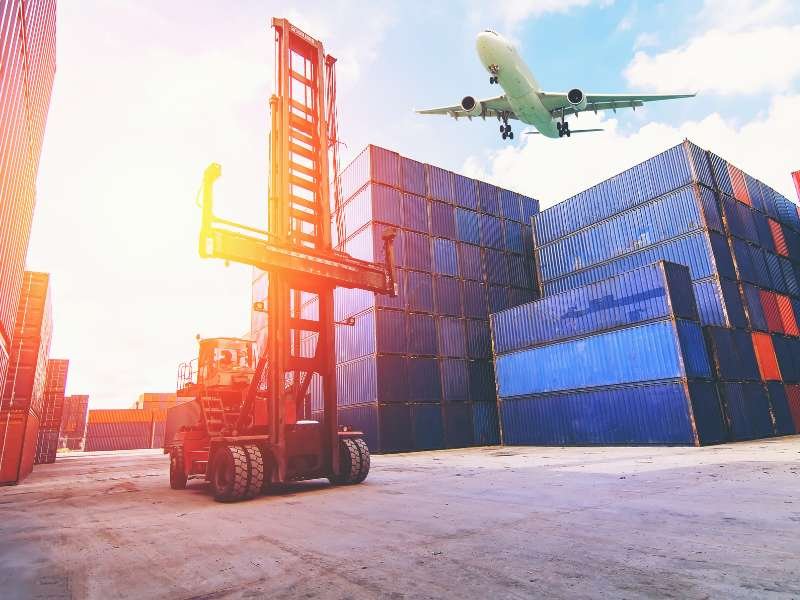


Recent Comments